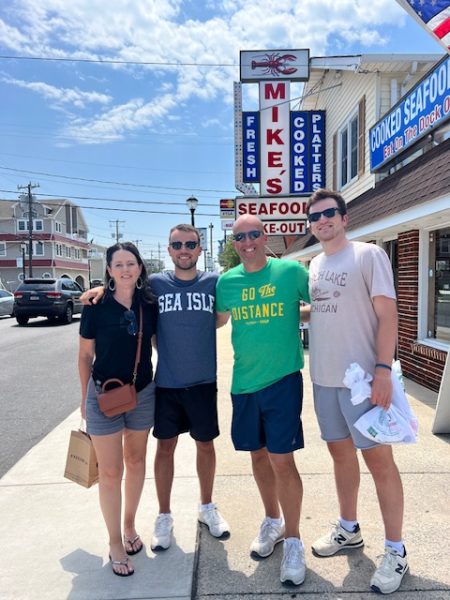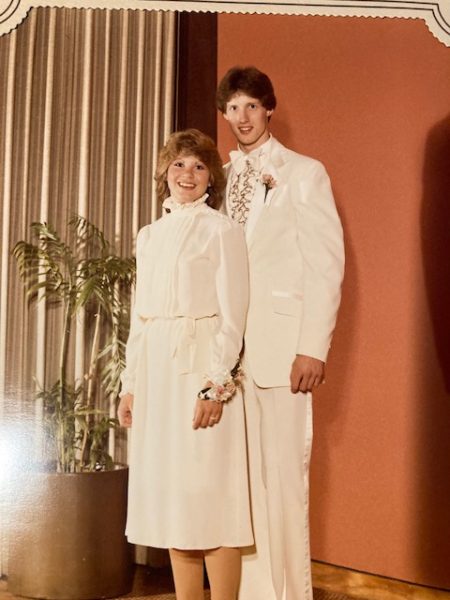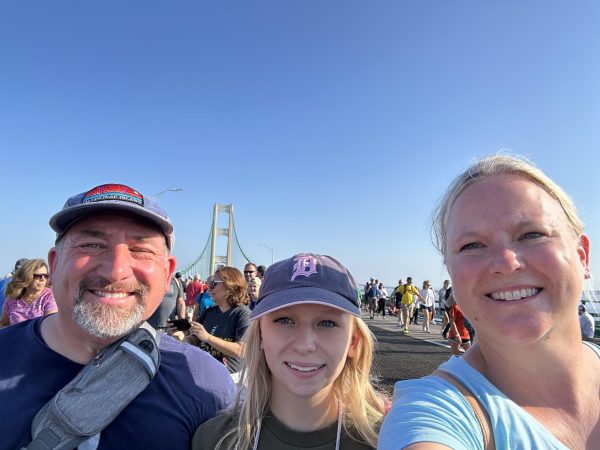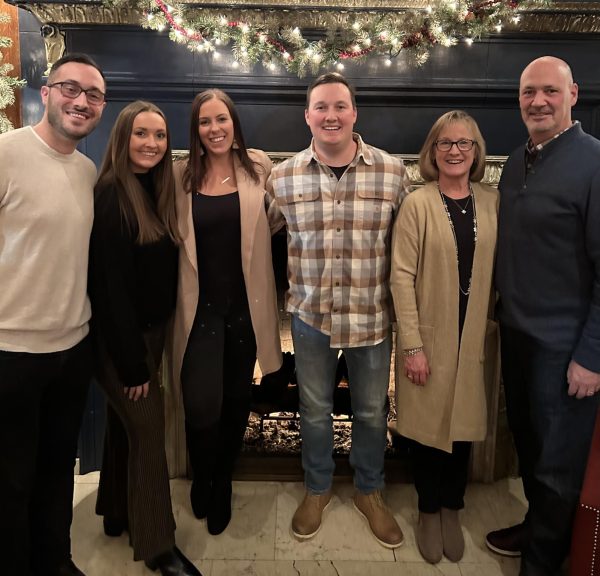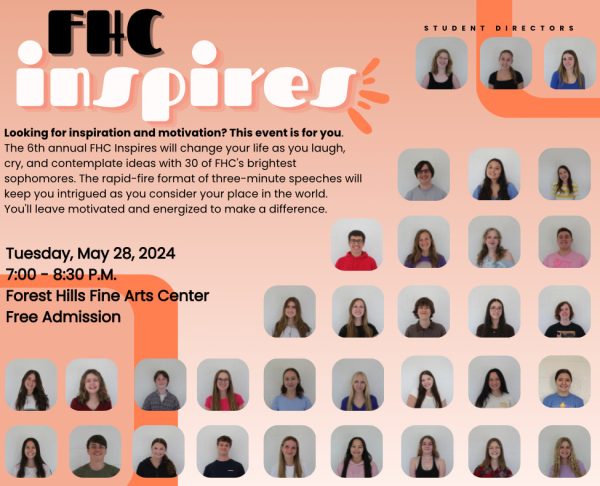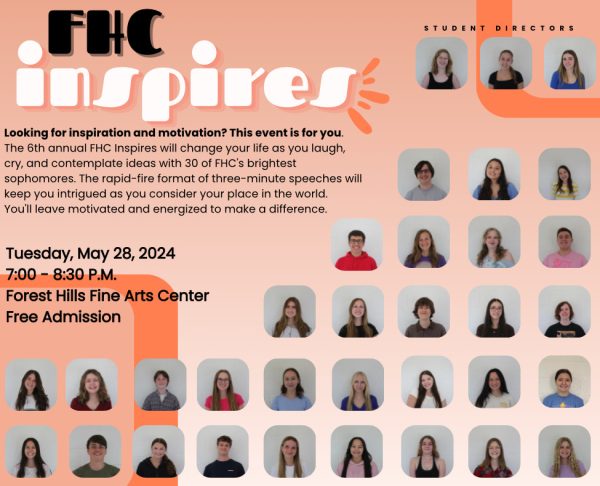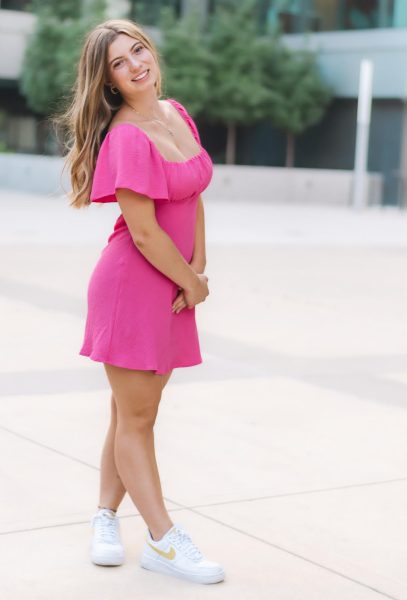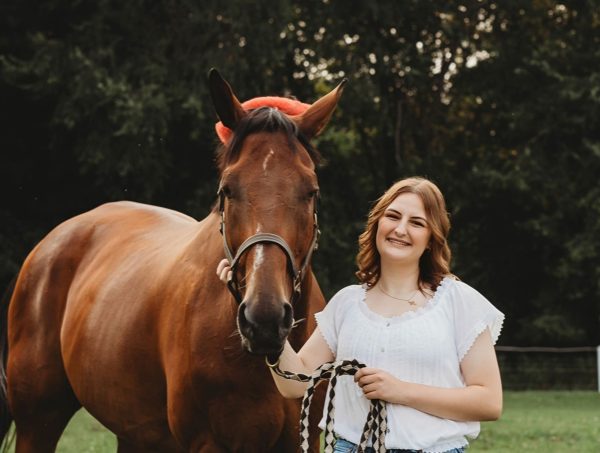Are backpacks the reason for back pain among students?
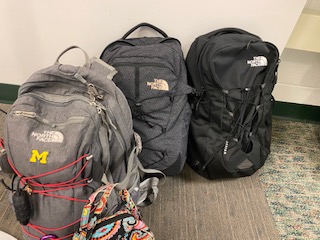
Physical Education teacher Stacy Steensma has noticed a dramatic increase in students who enter her Yoga class with back problems in recent years.
Through her time at FHC—and her personal experience with her back—she hopes to help educate those with back problems in the proper ways to alleviate the pain.
While how one sits and stands are reasons for the strenuous back pain many students feel, Steensma believes that there is one primary cause: backpacks.
“I think it goes to people carrying all their stuff and having too big of backpacks and carrying things they don’t really need to carry,” Steensma said, “and not using their lockers, which I know is not what people do anymore. They just carry everything in their backpack all day.”
These backpacks, though seemingly harmless, are quite dangerous to the health of students’ spines. Wearing backpacks causes a person’s posture to conform to the shape of their backpack.
“When you have that heavy backpack,” Steensma said, “you just lean forward, and you slouch, and it ends up making you not aligned, and it gives you back problems. [It causes] your back to start hurting, [as well as] your neck and your shoulders.”
This seems to be true among many students at FHC. One, in particular, is senior Tony DiMeglio. Towards the end of elementary school and at the beginning of middle school, he would overload his backpack, as well as cease to use his locker. This ultimately concluded in the pain that Tony feels to this day.
Because of these circumstances, Tony has had to take many measures to attempt to ease his pain, one of which includes how he sleeps.
“[My back pain has] gotten to the point where it’s better for me to sleep on very, very firm mattresses,” Tony said, “or, no mattress at all. My current bed is a wooden slab with a one-inch thick blanket underneath it.”
Many students at FHC are experiencing the type of pain that Tony feels. One of those students is junior Alexis Erbentraut.
“I have a spine injury that started in fifth grade when we had to go to our lockers,” Alexis said. “So whenever I had to bend down to grab stuff [and] pick it up, it [created] so much pressure that it turned into a spine injury.”
While her back seems to hurt when she wears her backpack, or even just sitting down, her love for dance has also impacted her pain.
“For dance, we partner with guys, so we do lifts,” Alexis said. “There’s a lot of pressure on your back. You just put [a lot of pressure] on your body for dance, and it just causes so much [to happen].”
Due to the extreme nature of Alexis’ injury, she had to both adjust, as well as cut out, certain activities that she was once able to do before her injury.
“I haven’t skied in five years,” Alexis said. “I’m not allowed to do that kind of stuff. I can’t run; I just can’t do a lot of the things that normal people can just easily do with no injuries.”
Spinal injuries like those of Tony and Alexis begin at a very young age—around the time when keeping a large number of books was first introduced.
The suspected reason as to why students like Tony and Alexis have developed these spine injuries all go back to the basic science of the human body.
“I just read an article, whether it’s true or not [I don’t know], but it makes sense,” Steensma said. “With the soft tissue and with you teenagers, you’re not your adult size yet. [It said] that if you’re constantly cranking on your spine in a certain direction, you’re going to urge the spine to create a curvature, which is scoliosis.”
Because of her struggle that she has had with scoliosis, Steensma hopes to share with her students the proper way to help with their pain.
“Try to carry a backpack that fits your body,” Steensma said, “and then, wear them properly. Wearing them properly would [mean wearing] both straps, not just slinging one over your shoulder, and actually tightening up the straps. The closer the backpack fits your body, then that’s healthier for you, so you can bring your center of gravity back and align your spine.”
When Steensma says “straps,” she is even referring to the one that is meant to go around your waist.
“[The waistband] is to keep the backpack close to your spine,” Steensma said. “It becomes closer [to you], and it makes the backpack a part of your body, instead of being a foreign object off of your body, so that your center of gravity is off. You have to lean farther forward in order to create that balance.”
While these types of resolutions are great for those who know that they have a bad back, for students who do not currently have pain, it may seem irrelevant to them. This is what Steensma is trying to make clear through both awareness of posture, but also the correct way in which to wear a backpack to create a healthy spine.
“I don’t think people realize that backpacks are only harming them,” Steensma said. “And, if they do, then we need to make sure that [they know] they need to tighten up the straps and not carry everything. Not all the just in case stuff. Just stuff that you actually need, not everything that you may need throughout the day.”
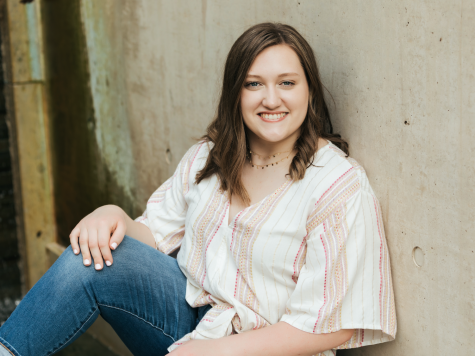
Hailee Sincerbeaux is a senior entering her first year on The Central Trend. She is a part of the FHC Swim & Dive team as well as the FH Water Polo...






















































































